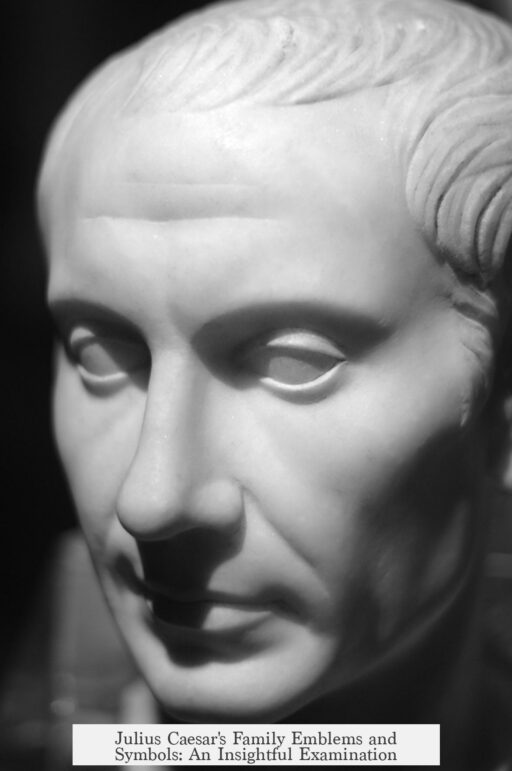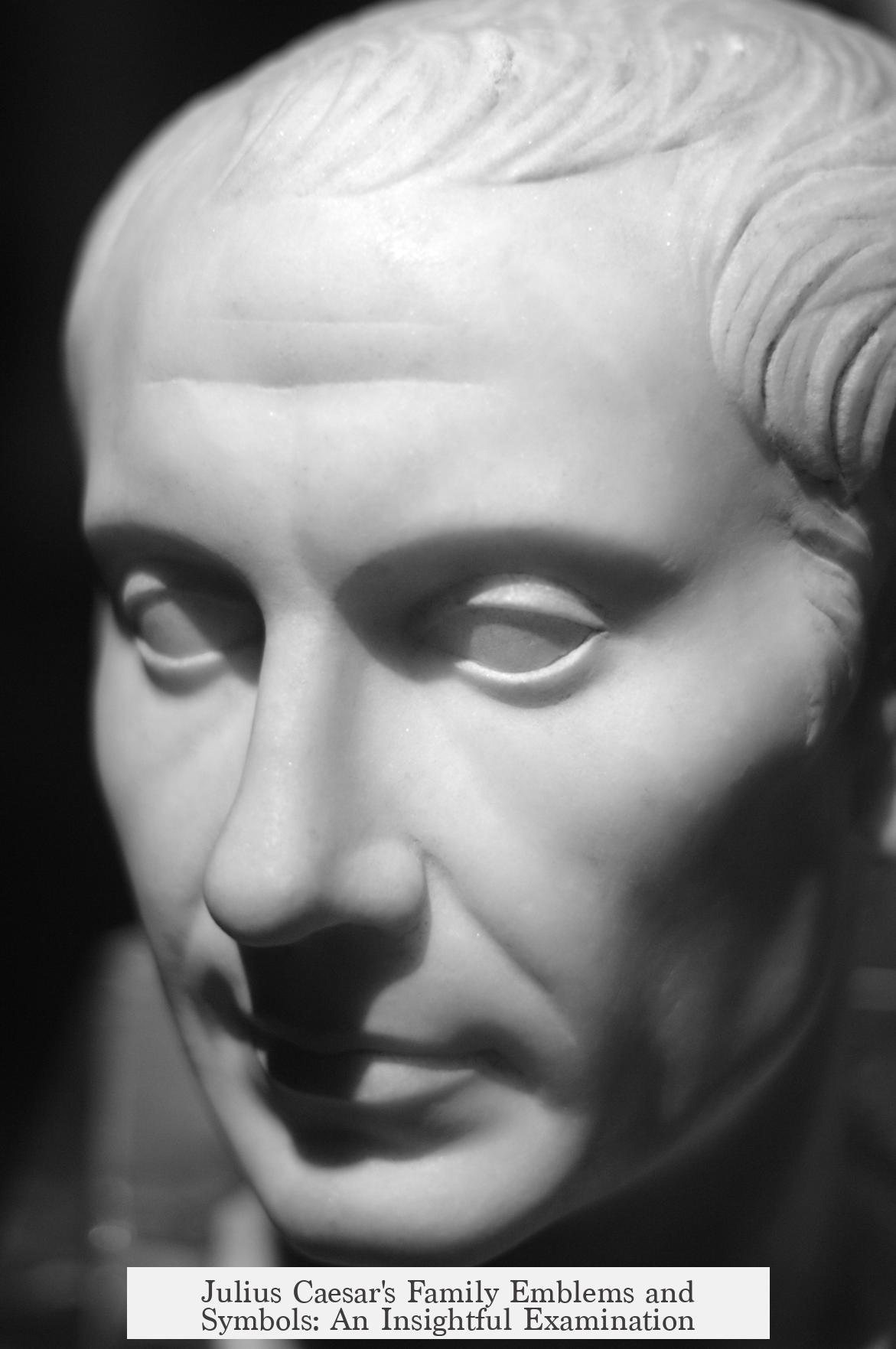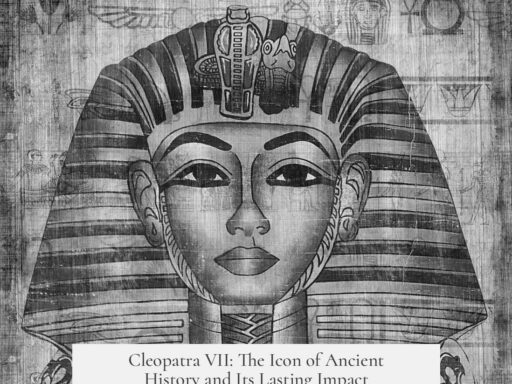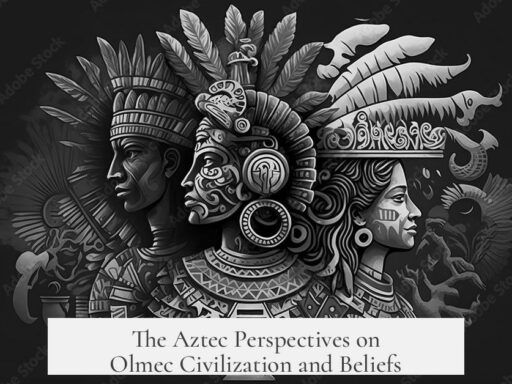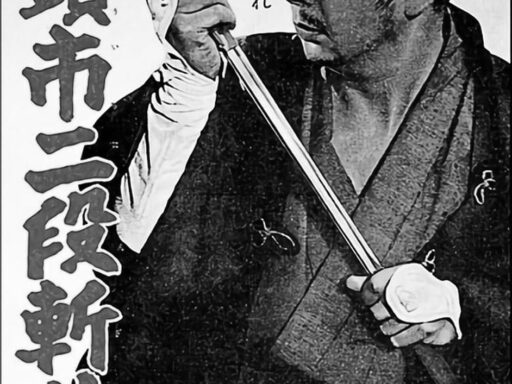Julius Caesar and his family did not have formal emblems, crests, or coats of arms as understood in later European heraldry traditions. Roman nobility identified themselves mainly by their nomen and cognomen, such as Gaius Julius Caesar belonging to the gens Julia and the smaller Caesar branch within it. Unlike medieval families, Romans did not develop systematic familial symbols or heraldic devices.
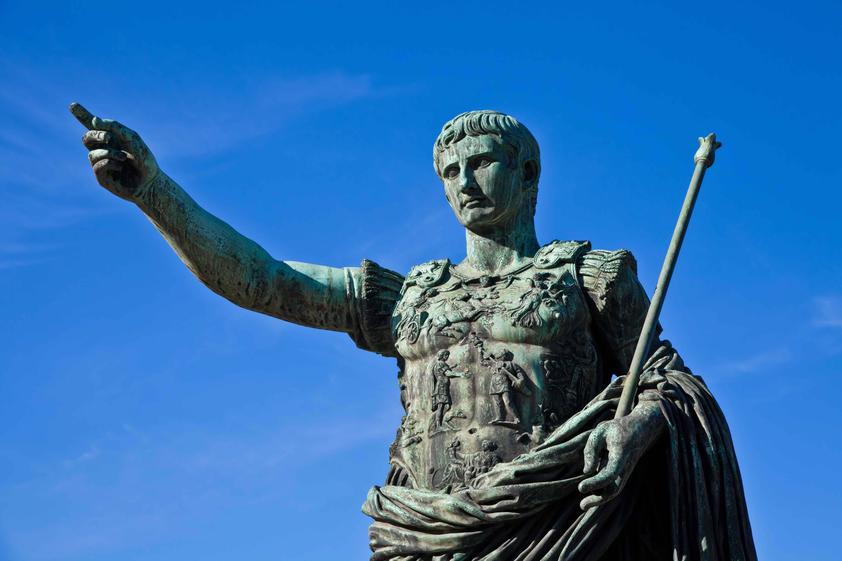
However, some symbolic associations existed linked to myth and legend rather than standardized heraldry. The Julia gens often referenced mythic ancestors like Ascanius and Aeneas, tying themselves to the goddess Venus, especially under the title Venus Genetrix. This connection served to emphasize their divine lineage and heroic origins, visible in art, sculpture, and coinage design rather than personal family crests.
Interestingly, Julius Caesar himself used the image of an elephant on some coins minted during his Gallic War campaigns. These coins circulated as troop payments and carried symbolic meaning tied to Caesar’s family name. A folk etymology suggested that “Caesar” might originate from a Punic word for elephant, recalling a story that an ancestor had killed one during the Punic wars. Another theory links the elephant to Caesar’s invasion of Britain, but no contemporary record confirms this claim definitively. The elephant motif seems more a personal emblem adopted by Caesar rather than a formal family crest.
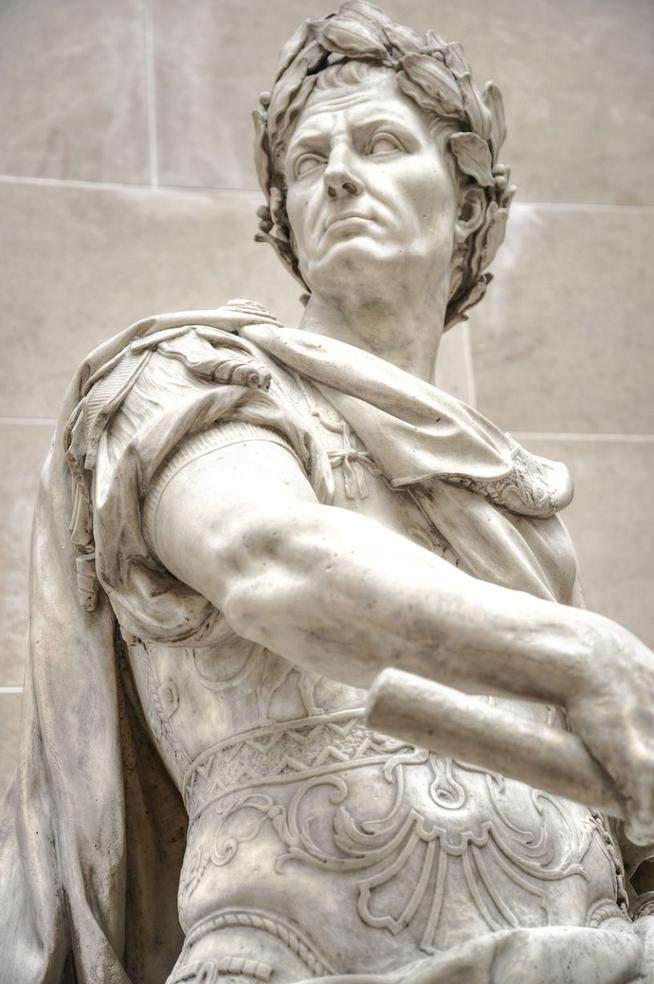
| Aspect | Description |
|---|---|
| Familial Identifiers | Used nomen (Julia) and cognomen (Caesar) to indicate lineage, no formal emblems |
| Mythological Associations | Linked to Venus Genetrix, Aeneas, Ascanius as divine ancestors |
| Elephant Symbol | Used by Julius Caesar on coins; possibly tied to name origin and military imagery |
Roman society did not cultivate heraldry like medieval Europe. Instead, personal and family identity depended on names and mythic pedigree. Julius Caesar’s use of the elephant symbol is a notable exception but remains more emblematic than heraldic.
- Roman noble families lacked formal coats of arms or crests.
- The Julia gens used mythological references to assert heritage.
- Julius Caesar uniquely featured an elephant image related to his name and campaigns.
Did Julius Caesar Have Any Family Emblems, Crests, Symbols, Coat of Arms, etc?
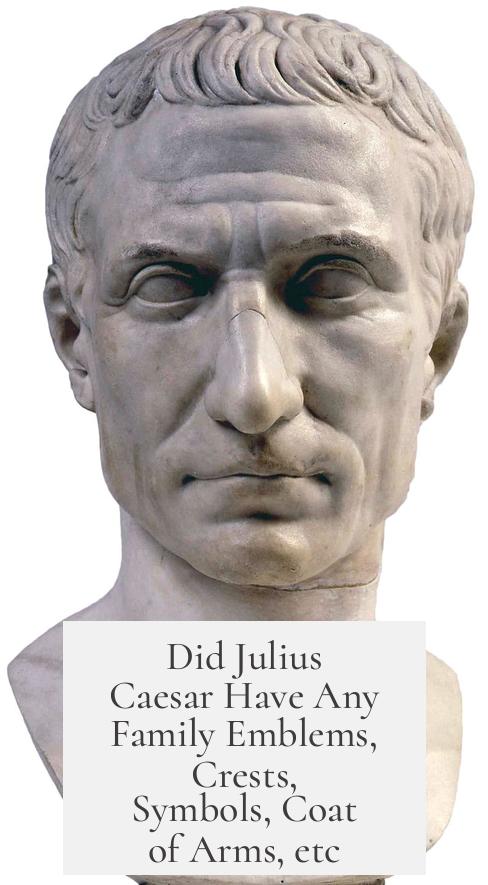
The short answer? Nope—Julius Caesar didn’t have a family crest or coat of arms the way medieval knights or noble families in Europe did centuries after him. The Roman nobility identified themselves differently. Instead of flashy heraldry, Julius Caesar and his family were known by their nomen and cognomen—their official names. But don’t be fooled; this doesn’t mean Caesar’s heritage was visually boring. Let’s dive deeper into how his family lineage was displayed and symbolized.
Imagine you’re strolling in ancient Rome. You won’t see Julius Caesar’s family name emblazoned on a shield or stitched onto a noble cloak. Instead, the political and social fabric of Rome worked through names and mythic association. Roman aristocrats aligned themselves primarily through names like Gaius Julius Caesar, where Julius was his gens or clan, and Caesar specified his family branch. These naming conventions made coats of arms redundant. The nobility relied heavily on lineage and reputation conveyed by these names rather than visual crests.
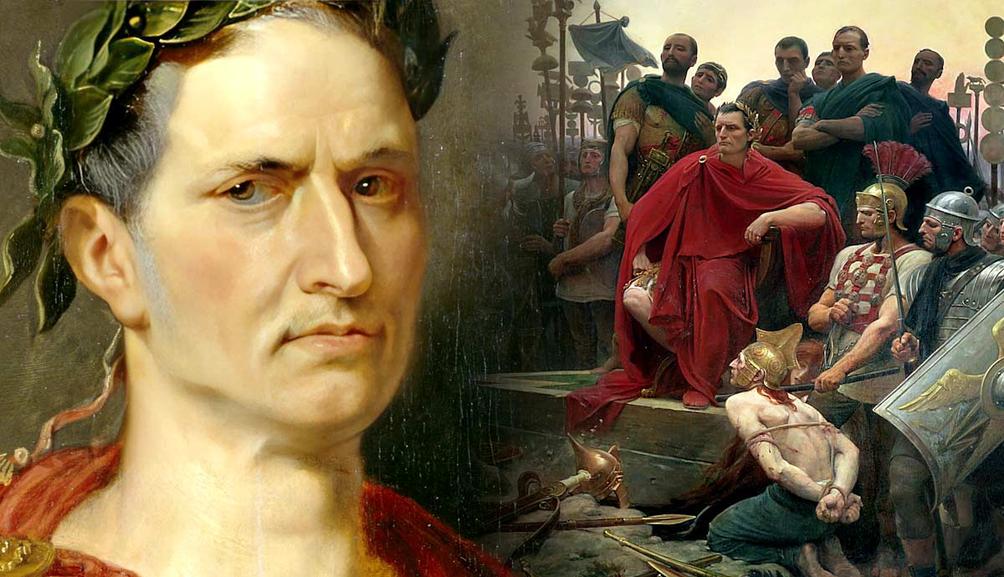
Names Held the Power, Not Shields
Unlike the medieval European tradition where the nobles bore colorful crests on banners or armor, Romans conveyed their identity in subtler ways. Coins minted during Caesar’s time often bore his name and family identifiers engraved clearly on them. Coins served as portable symbols of status. Instead of glorious animals or mythic beasts on battle shields, you had Latin inscriptions reinforcing lineage and power.

This naming system didn’t just record identities—it was a political tool. Displaying the nomen and cognomen on coins circulated your reputation throughout the empire. Julius Caesar, after all, was a genius at self-promotion. It’s like the ancient Roman version of a branded business card. So if you’re hoping to spot a cool Roman emblem on his armor, prepare to be disappointed.
Mythology: The Subtle Symbolism Behind the Name
Here’s where it gets intriguing. Though formal emblems were absent, the gens Julia (Caesar’s clan) was deeply connected to mythological symbols. Ancient artworks and family lore tied the Julii to heroic figures like Aeneas and his son Ascanius, legendary founders of Rome. More strikingly, the goddess Venus Genetrix—Venus the Ancestor—was central to their identity. The family claimed divine descent from Venus, which was a powerful status symbol more potent than any painted crest.
Think of it like this: Julius Caesar’s family gave themselves an epic backstory. These mythic connections functioned as cultural branding, a spiritual badge symbolizing their noble roots and divine favor. Paintings, sculptures, and even coins sometimes included these mythological images subtly. But this was never an official “family emblem” as we understand them—a sort of visual story told through myth and word rather than formal heraldry.
Elephants on Coins—Caesar’s Unique Symbol?
Now, for a bit of flair, Julius Caesar himself did adopt a symbolic image at times: the elephant. During his Gallic campaigns, some coins minted for troop payments showed an elephant. Why an elephant? Here’s the juicy bit.
Caesar’s name might trace back to a Punic word for elephant. There’s a folk tale that an ancestor defeated an elephant during the Punic Wars, giving the family its moniker. Of course, this sounds like it belongs in a historical soap opera or a dramatic novel.
Another tale suggests Caesar used elephants during his invasion of Britain—a bit far-fetched and probably a later myth tying him to Hannibal, who famously crossed the Alps with elephants. Importantly, no direct contemporary records from Caesar’s own writings mention this elephant business. It feels like the kind of legend that sticks around because it’s fun, rather than strictly factual.
The elephant imagery on coins wasn’t an official family crest. Rather, it was Julius Caesar’s personal propaganda—a clever visual pun linked to his name, or a symbol of strength and military might during his campaigns. Picture it as ancient Roman marketing—bold, memorable, but not hereditary heraldry.
So, What’s the Bottom Line?
- Julius Caesar’s family didn’t use emblems or coats of arms like those in later European traditions. Their identity tied to names and myth rather than visual heraldic symbols.
- The Roman aristocracy preferred nomenclature and storytelling over shields and crests. Names carried power.
- The Julia gens used mythological figures like Venus Genetrix and Aeneas as symbolic representations rather than formal emblems.
- The elephant on Caesar’s coins was a personal or political symbol, not a family crest, possibly connected to name origins or military boasts.
Understanding this paints a vivid picture of how identity and power looked differently in ancient Rome. It wasn’t about flashy banners, but elegant myths, sharp names, and smart messaging that travelled far and wide on coins and stories.
Next time you picture Caesar, imagine the man behind the legend walking through the Forum, not brandishing a heraldic crest but commanding respect with a name laden with history—and maybe a few coins showing an elephant for good measure.
What could business leaders today learn from this? Maybe that names and stories often speak louder than logos and symbols. Would a Roman-style branding feel fresh in today’s noisy market? Now, that’s a curious thought worth pondering.
